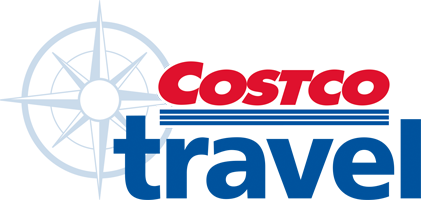
What's Hot
Give Mom the Gift of Travel
Relax and Indulge with One of These Vacation Packages
Hawaii, California, New York and MoreNEW Hot Buys
Plus More Limited-Time Package
Book Before They're GoneExplore Mexico
Included Extras in Every Package
All-Inclusive and Traditional Resorts
Cancun, Puerto Vallarta, Riviera Maya and Los CabosOrlando: Universal's Endless Summer Resort - Dockside Inn and Suites Package with Universal Orlando Tickets
Exclusive Savings on Vacation Package Promo Tickets, Early Park Admission
London and Paris: Your Way
Daily Breakfast
$400 London Tour Credit
Rail Tickets on Eurostar, Executive Member BenefitsAruba: Marriott Resort Package
Family-Friendly, Beachfront Resort
Daily $25 Resort Credit
Digital Costco Shop Card and More
Featured Travel
Marriott Arizona Limited-Time Deals
Phoenix or Scottsdale
Exclusive Costco Member Savings
Daily $75 Resort Credit
Book by 4/28/24Vacations of a Lifetime
For an Experience as Unique as You Are
Exclusively for Costco MembersCosta Rica: The Westin Reserva Conchal Package
All-Inclusive Resort
$50 Spa Credit
Westin® Kids ClubTahiti: Le Bora Bora by Pearl Resorts Dinner Package
Daily Buffet Breakfast, Nightly Dinner
Special Savings Included5 Nights with Airfare from $5,099 Per Person*
Last-Minute Travel
Hawaii, Fiji, and California
It's Not Too Late To Book!Oahu: Hilton Hawaiian Village® Waikiki Beach Resort Package
Daily Resort Fee Included
Updated Tapa Collection with Savings
Family-Friendly, Beachfront Resort
Featured Destinations
Featured Cruises
Eastern Caribbean and Perfect Day Cruise
Royal Caribbean | Wonder of the Seas®
Digital Costco Shop Card, Round-Trip Port Canaveral7 Nights from $917*
Glacier Discovery Northbound Cruise
Holland America Line | Nieuw Amsterdam®
Digital Costco Shop Card, Vancouver to Whittier7 Nights from $364*
Baja Peninsula & Sea of Cortez Cruise
Princess Cruises | Emerald Princess®
Digital Costco Shop Card, Round-Trip Los Angeles10 Nights from $656*
Canada & New England Cruise
Princess Cruises | Enchanted Princess®
Digital Costco Shop Card, Round-Trip New York City7 Nights from $493*
Western Mediterranean Cruise
Royal Caribbean | Oasis of the Seas®
Digital Costco Shop Card, Round-Trip Barcelona7 Nights from $802*
Hawaii Inter-Island Cruise
Norwegian Cruise Line | Pride of America
Digital Costco Shop Card, Round-Trip Honolulu7 Nights from $1,348*





